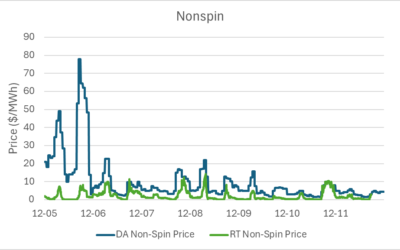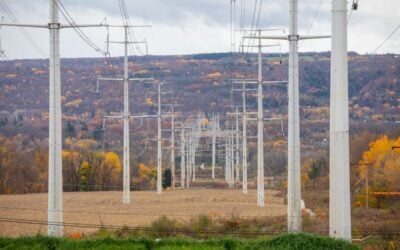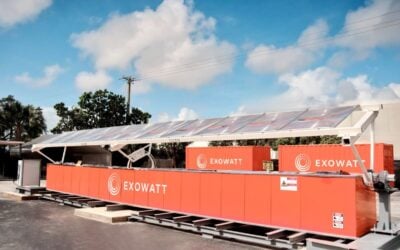
CATL saw flat ESS revenues in the first half of the year, but the extent to which this can be blamed on the increased US-China tariffs, if at all, is far from clear.
The firm’s H1 2025 results, released via its new Hong Kong-listed entity last week (30 July), cover a highly volatile period in the global battery and battery energy storage systems (BESS) markets since the re-election of Donald Trump in the US.
China-based CATL has appeared to weather the storm of higher tariffs and anti-China measures in a recent tax bill relatively calmly, with overall revenues up 7% to RMB 178.9 billion (US$24.98 billion) and profits soaring 33.02%. EV battery sales, the bulk of the business, were up 16.8%. The company is the world’s biggest lithium-ion OEM.
ESS revenues: down in Q1, up in Q2
For energy storage system (ESS) revenues specifically, however, revenues were flat in the first half of the year, down 1% to RMB 28.4 billion (US$3.95 billion) year-on-year. That amounts to around 16% of group revenues, with EV batteries at 73.5% and ‘Battery Materials and Recycling’ and ‘Battery Mineral Resources’ making up most of the rest.
Try Premium for just $1
- Full premium access for the first month at only $1
- Converts to an annual rate after 30 days unless cancelled
- Cancel anytime during the trial period
Premium Benefits
- Expert industry analysis and interviews
- Digital access to PV Tech Power journal
- Exclusive event discounts
Or get the full Premium subscription right away
Or continue reading this article for free
ESS battery revenues include cells, modules, battery boxes and battery cabinets within ESS batteries, CATL says.
The ESS revenues in Q2 appear to have actually increased healthily, although CATL doesn’t actually split out the period’s figures, so this is based on comparing its Q1 and H1 results.
CATL revealed in its Hong Kong IPO prospectus that Q1 2025 ESS revenues had fallen 15.3%, as noted by Energy-Storage.news in our coverage of the listing in May. It attributed this to a fall in the global price of BESS, something well-documented by Energy-Storage.news.
Based on the two figures, ESS revenues in Q2 have actually increased around 11%, from roughly RMB 15.2 billion in Q2 2024 to roughly RMB 16.9 billion in Q2 2025.
Tariffs mainly in Q2, but impact could take longer
Donald Trump imposed his huge ‘Liberation Day’ tariffs on 2 April, meaning that Q2 should have been affected more, though two, separate 10% increases announced in Q1 may have affected the period’s performance too. A truce expiring 12 August sets the current, broad China tariffs at 30%, but BESS is also subject to separate additional battery-specific ones amounting to around another 11%.
However, this is a rather simplistic take that doesn’t account for when revenue is recognised. CATL says that it recognises revenue on overseas sales: “…when we have declared the goods for customs clearance in accordance with the contract terms, and has obtained a customs clearance or received acceptance and other proof of receipt from the customers.”
That means revenue is recognised on projects which are shipped and received, not new orders. BESS for projects due to be shipped, received and installed during the second quarter of the year would most likely not have been cancelled because of the tariffs. By that point, final investment decisions (FID) have been made and construction is already underway. The same logic can also be applied to EV customers, perhaps even more strongly so.
At the group level, about two-thirds of revenues come from the domestic market while one-third is overseas. Domestic market revenues in H1 2025 were flat, up 1.24%, while overseas revenues increased 21.14%. However, domestic market revenues could include sales to China-based BESS manufacturers who would then ship abroad.





